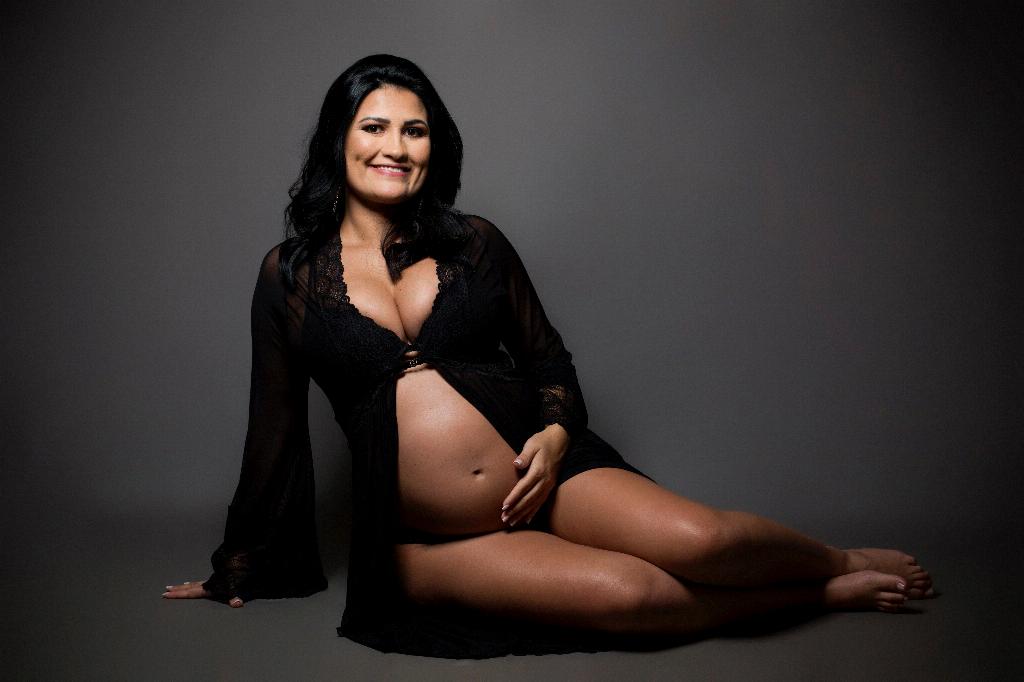When it comes to determining the best time for a 3rd C-section, it is crucial to consider various factors that can influence the overall health and safety of both the mother and the baby. Recent research and expert opinions point towards specific timelines that optimize the delivery process and reduce potential risks.
According to Laura Hart, MD, a fellow in the division of maternal fetal medicine at the University of Texas Health Science Center in Houston, waiting until 39 weeks for a 3rd C-section can increase maternal risk. This highlights the importance of delivery timing in ensuring the well-being of the mother during the procedure.
Dr. Hart further emphasizes that the optimal time of delivery for women with 2 previous cesarean deliveries is at 38 weeks. For women with 3 or more previous cesarean deliveries, the ideal timing shifts slightly earlier to 37 weeks. This distinction underscores the need for personalized care based on the mother’s specific medical history.
One of the primary reasons for the recommended timing of a 3rd C-section is to minimize potential complications that can arise from waiting too long or delivering too early. By carefully scheduling the procedure at the appropriate gestational age, healthcare providers can better manage any potential risks and ensure a smooth delivery process.
Delivering a baby via C-section involves surgical intervention, which inherently carries certain risks. By adhering to the recommended timing for a 3rd C-section, healthcare providers can help mitigate these risks and enhance the safety of both the mother and the baby.
It is essential for healthcare providers to closely monitor maternal health throughout the pregnancy to identify any red flags or concerns that may necessitate an earlier delivery. Regular prenatal check-ups and communication between the mother and her healthcare team are crucial in ensuring the optimal timing for a 3rd C-section.
Women who are considering a 3rd C-section should have open and honest discussions with their healthcare providers about the best timing for the procedure. By working together to assess individual risk factors and medical history, both the mother and the healthcare team can make informed decisions that prioritize the well-being of the mother and the baby.
Factors such as the mother’s overall health, previous cesarean deliveries, and gestational age all play a role in determining the optimal timing for a 3rd C-section. These variables underscore the importance of personalized care and tailored treatment plans for each individual patient.
While the general guidelines suggest 38 weeks for women with 2 previous cesarean deliveries and 37 weeks for those with 3 or more, healthcare providers may need to make adjustments based on specific circumstances and medical considerations. Flexibility and adaptability are key in ensuring the best possible outcome for both the mother and the baby.
Ultimately, the best time for a 3rd C-section is a decision that should be made collaboratively between the mother and her healthcare team. By considering all relevant factors and expert recommendations, women can undergo a safe and successful delivery that prioritizes the health and well-being of both themselves and their newborn.
In conclusion, the optimal timing for a 3rd C-section is a critical aspect of maternal healthcare that requires careful consideration and personalized attention. By following expert guidelines, maintaining open communication with healthcare providers, and staying informed about individual risk factors, women can ensure a safe and successful delivery that sets the stage for a healthy postpartum recovery.

